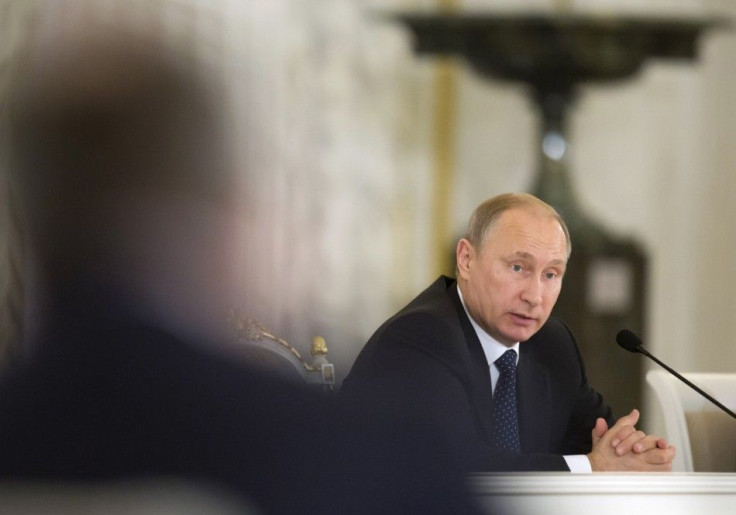Vladimir Putin Orders Rapid Mass Military Drill Possibly Provoking NATO on Its Borders

Russia's Vladimir Putin does not seem to be discouraged as he ordered rapid military drills over the Baltic region. The drills were meant to test the country's "battle readiness" despite rising international tensions. The test involved 9,000 troops including 642 vehicles on NATO's borders.
Russia has been in hot water for its military activities in the Ukrainian and Baltic region even promoting the US to add more sanctions. However, this does not seem to put off the country as it continues to conduct military exercises, the most recent ones held from December 5 to 10.
The Russian army's lieutenant general Andrey Kartapolov shared (via Newsweek): "A self-sufficient, multi-purpose army of air, sea and land units was assembled in the period of less than a day in the Kaliningrad area, consisting of units from all branches of the armed forces."
The Russian official announced the details of the drills last December 15 according to RT. The test subjected military formations and units operating in Western Military District to highest combat levels. The drills started at 7 p.m. in the Kaliningrad region.
Apart from the troops and vehicles, Russia also tested its tactical Iskander-M ballistic missile systems and aviation units intended to serve as defense in lieu of European attacks. All in all, Putin subjected the following military units and systems under the test:
- 9,000 servicemen
- 642 military vehicles
- 250 tanks
- 100 artillery nits
- 55 warships
- Iskander ballistic missile system
Kartapolov explained that Russia air defense and air force are in charge of monitoring crucial government and military targets. They are also important in offering ground troop support from up and targeting enemy units while in flight. RT noted that the Air Defense forces faced a simulated attack based on controlled military and government systems.
As for the Baltic fleet, the troops engaged in fire drills to defend the country's maritime borders. They were subjected under the premise of a sea invasion. Tactical border protection exercises, on other hand, explored underwater and sea drills.
Newsweek further noted that the drills were conducted near NATO and EU borders. Russia's military exercises have been receiving fire with NATO calling out its Air Force activities recently. The organization went as far to say that Russia poses a threat to civil aviation following its near collision with a passenger jet over Sweden.
Jens Stoltenberg, secretary general to NATO, explained (via the New York Times): "They are not filing their flight plans and they are not communicating with civilian air traffic control and they are not turning on their transponders."






